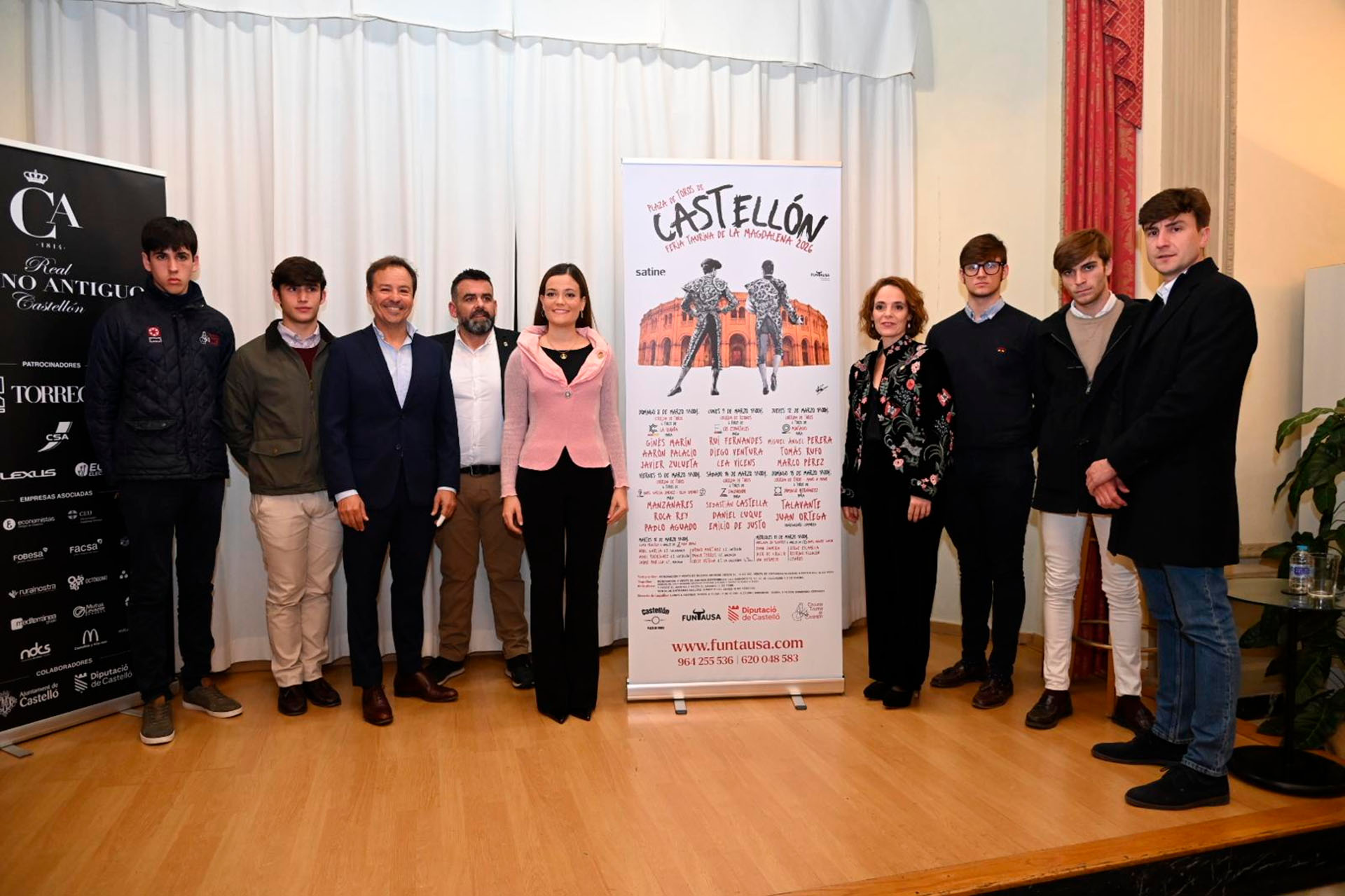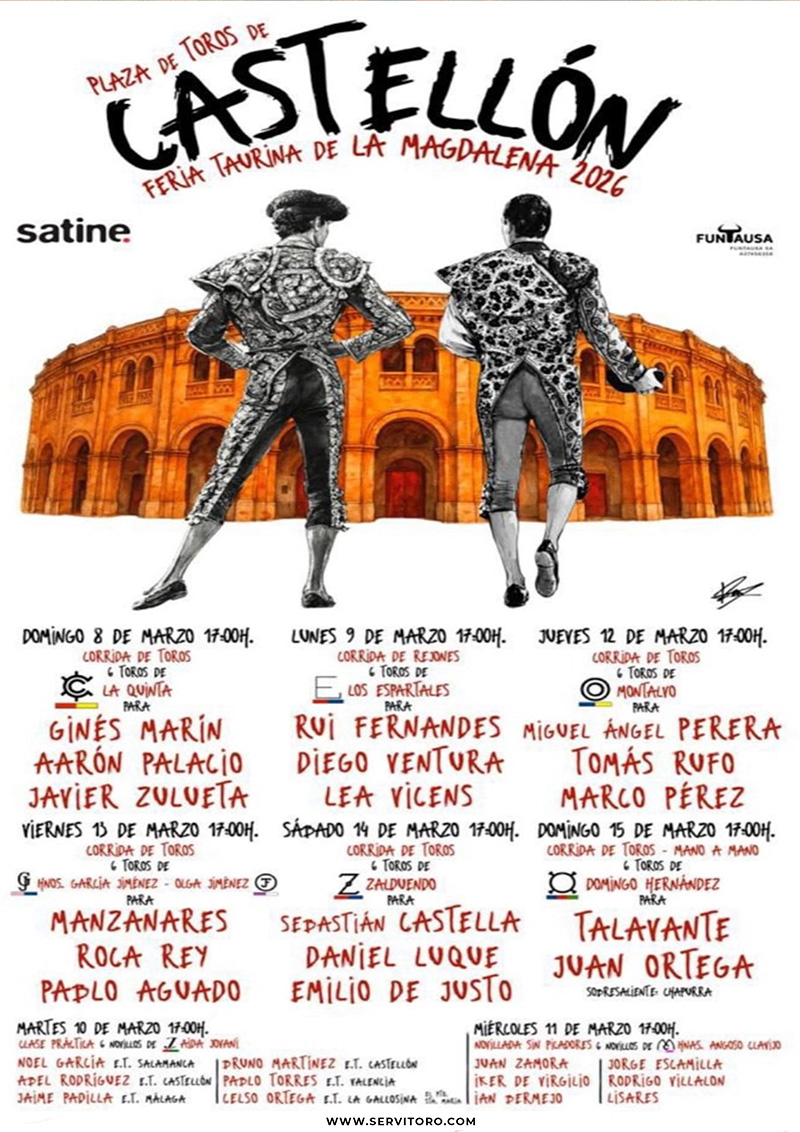- Home
- Breaking news Castellón
- Popular Festivals and Bous al Carrer: Roots and Tradition
Popular Festivities at the Magdalena Fair 2025
These are the most popular bull-related festivities, especially in the Valencian Community. However, not everyone understands their unique nature and regulations. Here, we explain each type in detail so you can become an expert in every modality. Which one will you choose?
The Valencian Community, particularly the province of Castellón, is the main hub for the development of bull-related street culture. The events known as bous al carrer (literally “bulls on the street” in Valencian) are, in all their forms, deeply rooted in the culture and tradition of this region.
In 2023 alone, the Regional Department of Justice and Interior authorised a total of 8,648 bous al carrer events (according to the official report published by the Generalitat’s Public Shows Service).
Castellón remains the leading province for these events, hosting over half of them in 2023, with a total of 4,493 festivities, accounting for 52% of the total. In this article, we’ll not only celebrate this cultural expression but also break down the various types of bous al carrer, distinguishing them from the so-called festejos populares (popular bull events).
As the name suggests, bous al carrer refers to events where bulls are released onto the streets. These include suelta de vaquillas (release of heifers), bou de corro (a traditional bull run), toros enbolados (fire bulls), encierros (bull runs), toros cerriles (untamed bulls), toros ensogados (bulls with ropes), bous a la mar (bulls to the sea), and encierros con caballos (bull runs with horses). On the other hand, festejos populares are held in bullrings or enclosed spaces, featuring events like recortadores (bull-leapers), saltos y quiebros (leaps and dodges), and concursos de roscaderos (a local contest involving bulls), which we will cover in a future article.

Types of Bous al Carrer
- Suelta de Vaquillas (Release of Heifers): This is the simplest and most widespread type of event, particularly in smaller towns with modest budgets. It involves releasing heifers into an enclosed urban area for a set period. In some towns, the heifers are released one at a time, but it’s common for them all to be released at once.
- Bou de Corro (Traditional Bull Run): In this type of event, bulls are released, herded, run, or dodged in the streets of a specific town without formal bullfighting or killing. This tradition is particularly popular in the Levantine region or along the Ebro River. The bulls used are often from local farms and can participate in multiple events.
- Toros Cerriles (Untamed Bulls): A variation of bou de corro, these bulls have not been previously fought or run in any traditional bullfighting events. They usually come from prestigious fighting bull breeders and are bought by local clubs for exhibition. These bulls are run and dodged in the streets for one day and then sacrificed, as they cannot be used for conventional bullfights afterward.
- Toros Enbolados (Fire Bulls): Often, untamed bulls run during the day are used for toros enbolados at night. This involves attaching a metallic frame to the bull’s horns with balls that hold small torches. A team restrains the bull while the torches are lit, and once released, the illuminated bull runs through the streets. This event combines danger, light, and fire in a spectacular display.
- Toros Ensogados (Roped Bulls): Another variation of bou de corro, this involves attaching a rope to the bull, which participants use to control the animal during dangerous moments. In some areas, this is known as toro enmaromado. Famous examples outside the Valencian Community include those in Yuncos (Toledo), Benavente (Zamora), and Beas de Segura (Jaén).
- Encierros (Bull Runs): Made famous by the Sanfermines of Pamplona, this event involves driving a group of bulls through a closed urban route from a temporary pen to the local bullring. Runners, known as mozos, run in front of the bulls, accompanied by oxen and handlers to guide the herd. This is the quickest event, lasting only as long as it takes the bulls to cover the route. Apart from Pamplona, notable examples include bull runs in San Sebastián de los Reyes (Madrid) and Cuéllar (Segovia), the oldest in Spain.
- Bous a la Mar (Bulls to the Sea): This involves releasing bulls into an enclosed area near a coastal town’s harbour. Participants try to entice the bulls to fall into the water. The most famous example is in Denia (Alicante), though variations can be found in inland towns like Trillo (Guadalajara), where it’s known as vacas al río (cows to the river).
- Encierros con Caballos (Bull Runs with Horses): Similar to a standard bull run but with riders on horseback guiding the bulls. The most iconic example is the Entrada de Toros y Caballos in Segorbe (Valencia), a unique and highly celebrated tradition.
These events reflect the deep cultural heritage of the Valencian Community, offering something for everyone, whether you’re a local or a visitor looking to experience something truly unique.

José Miguel Arruego
Bullfighting journalist
Bullfighting ticket booking Castellón
Official box office for bullfighting tickets. Get the best seat by buying your tickets in advance. calendar of shows, prices and seats.
Get Tickets
José Miguel Arruego
- 24/01/2025
- No comments
BLOG CASTELLÓN

Castellón Gets an Early Start

Castellón bullfighting posters 2026

Bullfighting poster Castellón 2025

Popular Tauromaquia: A Spectacle on the Rise, A Growing Market

Popular Festivals and Bous al Carrer: Roots and Tradition








